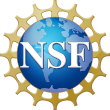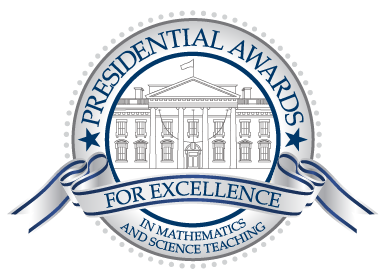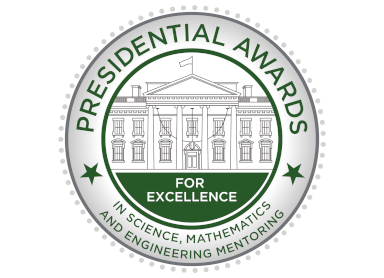John Blackwell
Exeter, NH | 7-12, Science, 2021

What motivates you to contribute to excellence in STEM teaching?
The primary motivation I have to contribute to excellence in STEM teaching is to better the overall quality of education available to our students now and in the future. I work with a fine group of educators and interns, all of whom share this goal and are constantly eager to learn better pedagogical methods to enhance their teaching. It is a vibrant and inclusive community of experts: a powerful way to continue working towards excellence.
What has been the most transformative moment that affirmed your impact on STEM education?
There have been many transformative moments which have affirmed my impact on STEM education, but the ones which stand out the most are when I learn about and meet with those students from my past who have gone on to become successful scientists and engineers. It is even more heartening to learn that they have gone into my own field of study and received PhDs, awards, and such, making large contributions to the science.
Using your platform as a Presidential Awardee, how do you hope to advance our nation in STEM?
Technological and scientific strength of a nation requires these efforts: we cannot sit on the laurels of our past successes and simply hope that we will maintain a high level of global power in these fields. Non-STEM professionals and decision-makers within our government need to constantly be reminded of the importance of STEM and STEM education. My hope and focus is to continue in those communications towards educating the public about STEM, STEM education and its importance.
Biography
John Blackwell has taught astronomy and physics to 9th-12th graders at Phillips Exeter Academy since 2004. In prior years, John spent one year as an educator at the Christa McAuliffe Planetarium and one year as a teacher's aid at Mark’s Meadow School. As an observatory director, John manages the curriculum and instrument needs of the astronomy program, in addition to teaching courses in astronomy and physics. John focuses on student-centered, experiential learning, using data collection at the observatory for student research and mastery of the material at the college level. From 2011 to 2015, John served as the school’s science department chair, a rotating position managing 25 fellow teachers, the program offerings, and budgetary needs. John has given numerous presentations and presented papers on science education and astronomy. John’s most recent projects involve working with students and the University of New Hampshire in the building and implementation of magnetometers to study minute changes in the Earth’s magnetic field due to solar activity. John also continues to work with NASA in the NASA/IPAC Teacher Archive Research Program to foster new ways for educators to access the plethora of NASA archival data to do science research in the classroom. In 2010, John was awarded the Astronomical Society of the Pacific’s Thomas J. Brennan Award for excellence in teaching of astronomy at the high school level. In 2007, John was a team member of the Spitzer Space Telescope Observing Program for Students and Teachers which was given a NASA Group Achievement Award. John has a B.S. in aviation management and flight operations from Daniel Webster College, and an M.S. in astronomy from James Cook University.
High-resolution version of the teacher profile photograph
The views expressed in awardee profiles are those of the author and do not necessarily reflect the views of NSF or the PAEMST program.



